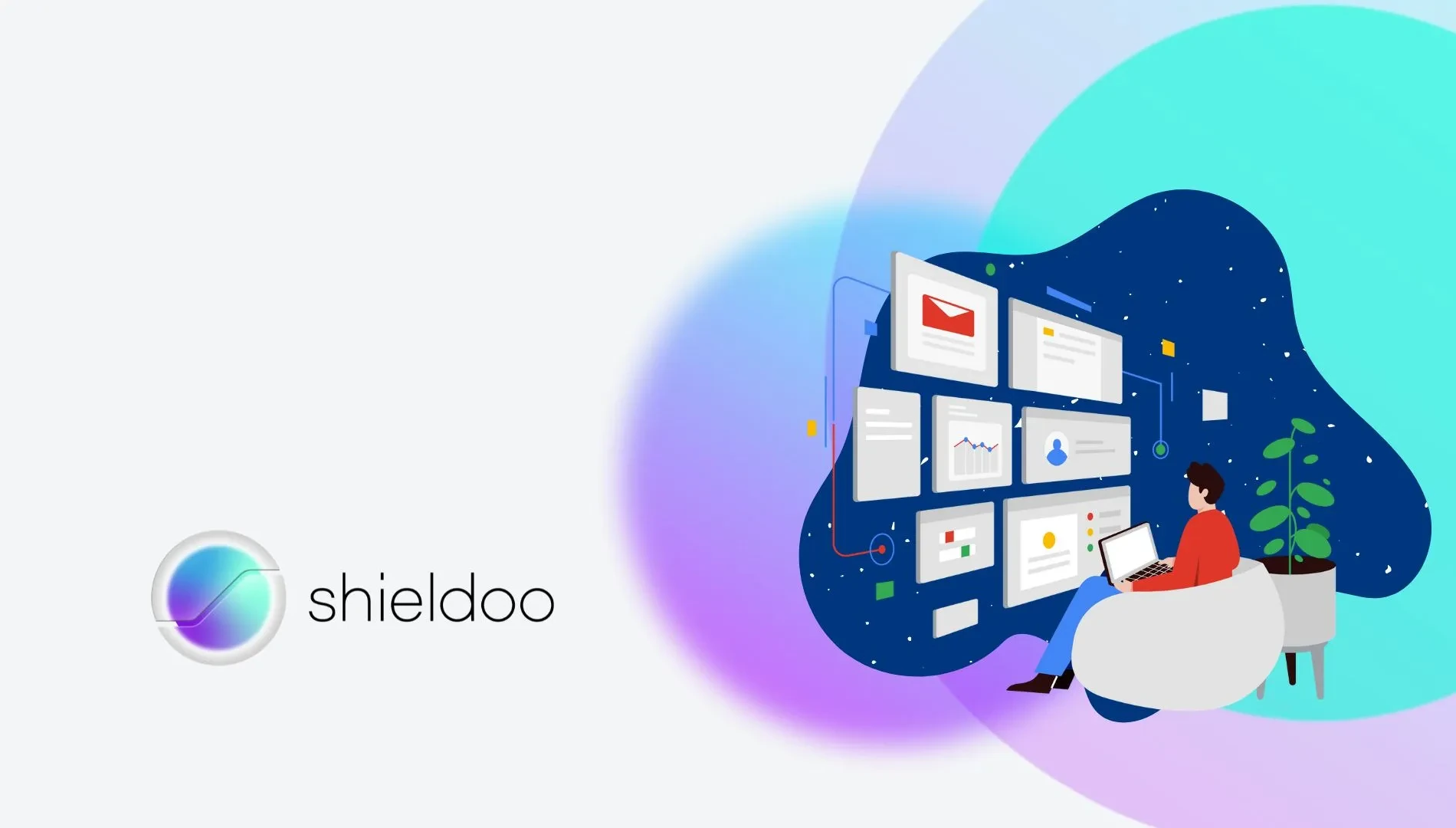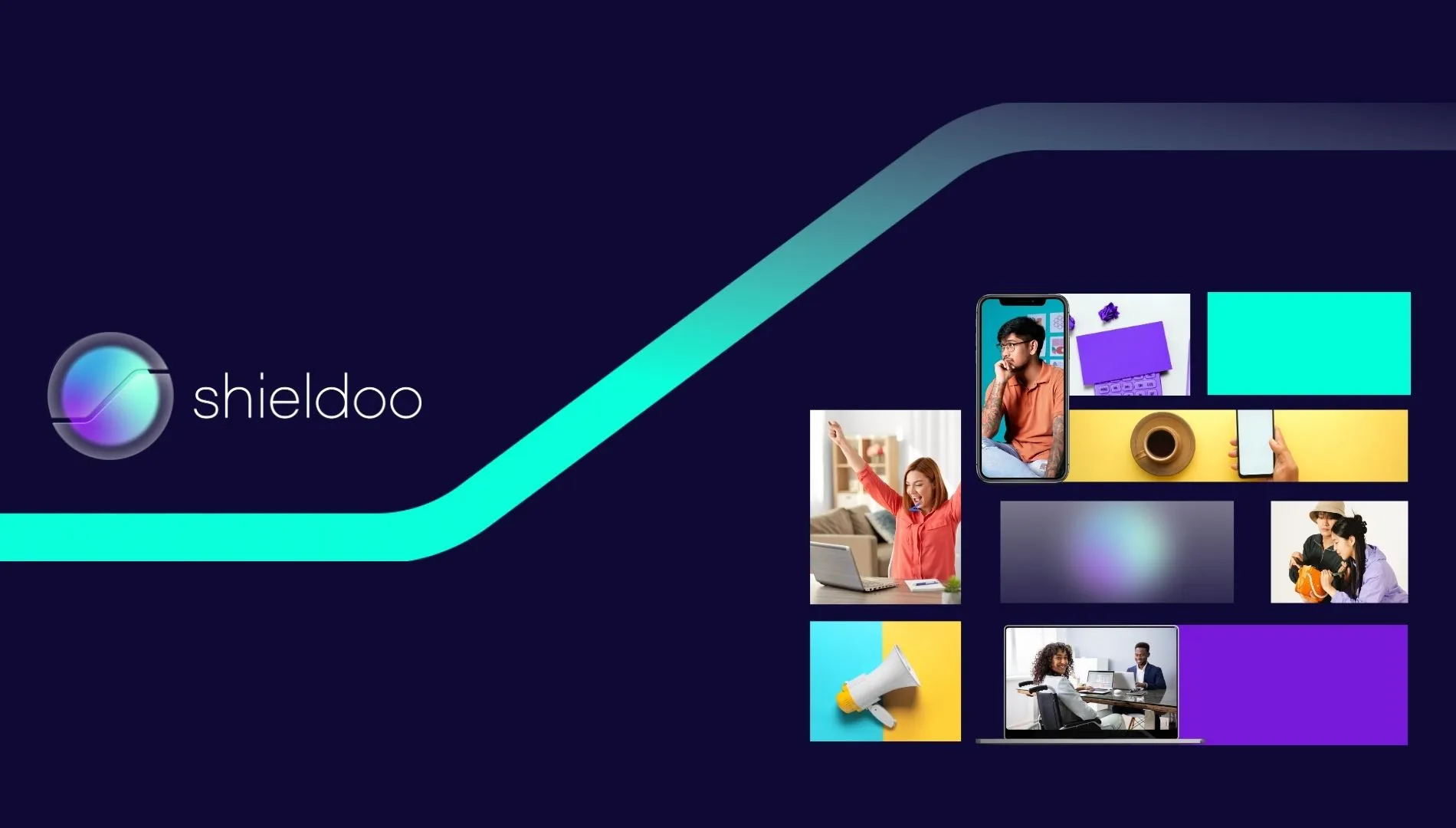Estimated read time: 5 minutes
“Where do you go when you really want to get something done?”
Jason Fried, co-founder and CEO of web software company Basecamp, posed this question to his audience in his 2010 TEDx Talk. Fried reckons that the office, the sacred ground for all things related to work, does not actually witness enough getting accomplished.
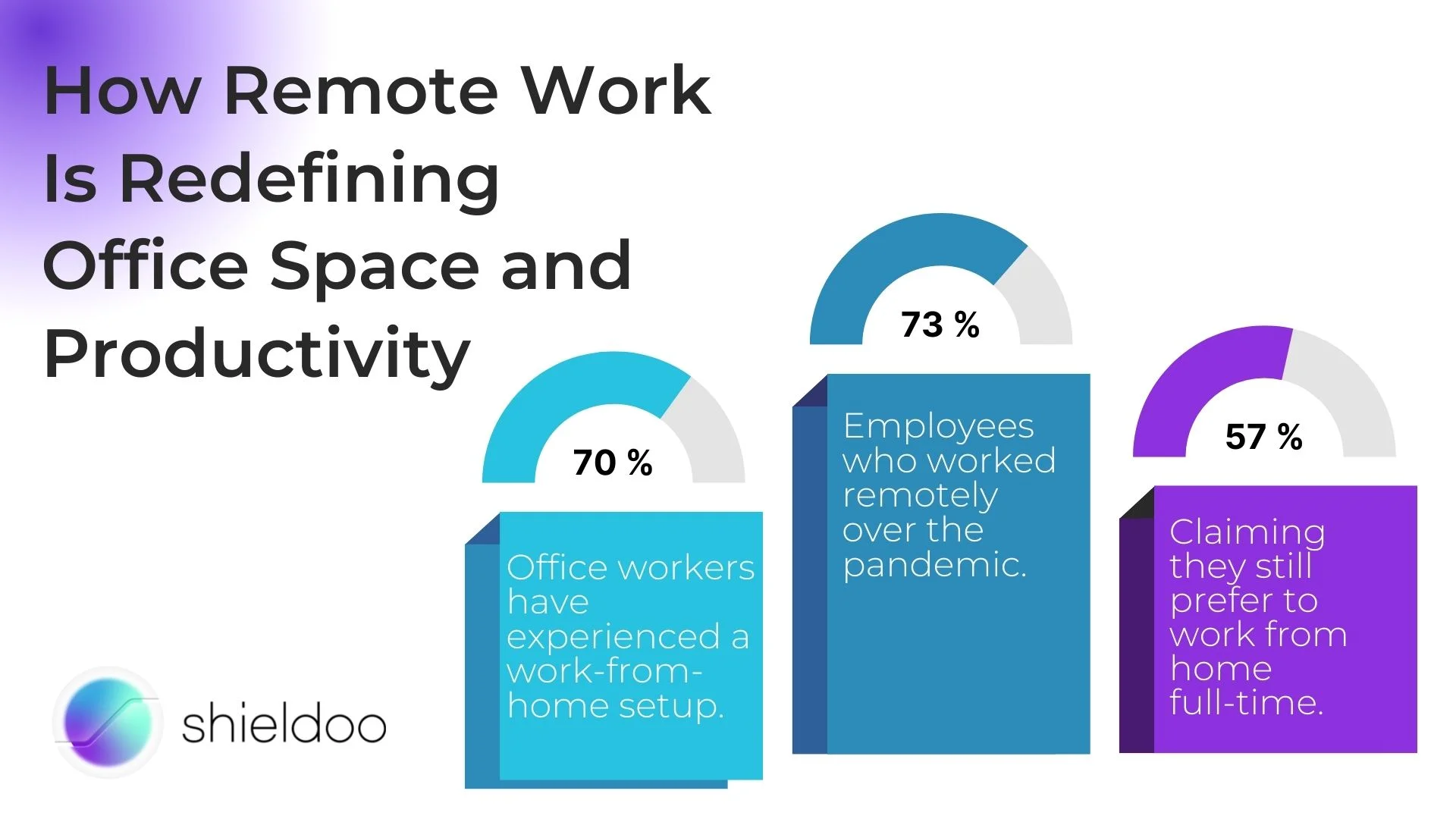
According to Fried, managers and meetings the real culprits behind the low productivity in the workplace. Stretched or unplanned face-to-face meetings and overbearing managers can disrupt workflows and distract employees.
But at the onset of the COVID-19 pandemic, companies around the world were compelled to quickly shift to remote operations. In fact, throughout the COVID-19 pandemic, 70% of office workers have experienced a work-from-home setup.
Today, hybrid work setups are slowly being adopted by employers. 73% of employees who worked remotely over the pandemic now return to the office once a week, with 57% claiming they still prefer to work from home full-time.
What’s Motivating About Remote Working?
1 out of 2 employees say they will rather quit and look for another remote-friendly work setting should their current job no longer support working from home. Here are the possible benefits that you can enjoy from a remote working setup:
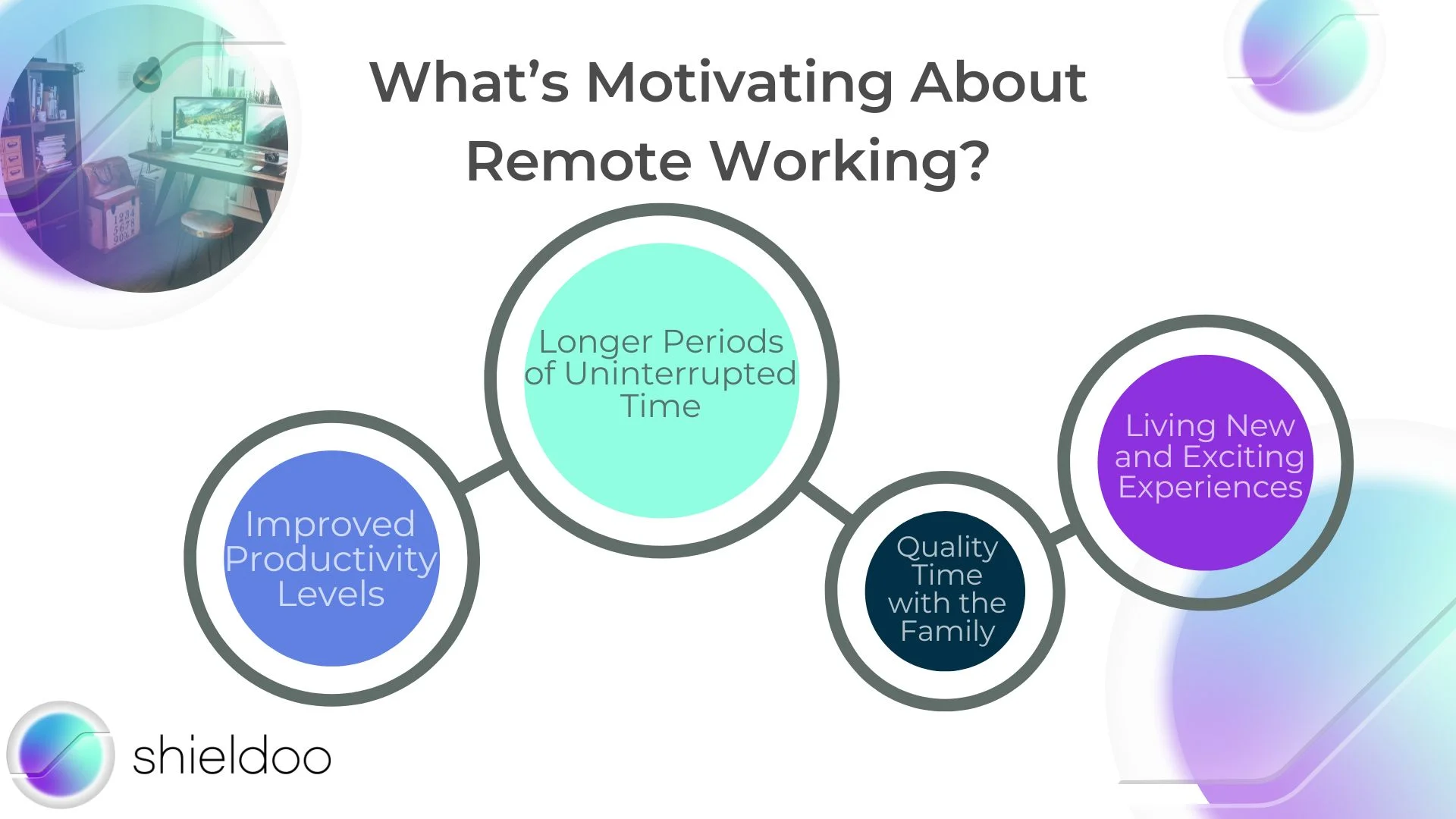
1. Improved productivity levels
Without a superior breathing down your neck every other minute, working can become a less stressful experience. You’d have more control over the day’s agenda, and you’d be able to focus on your tasks, accomplish them efficiently, and maximize your time and energy. Statistics also show that 83% of employees maintained or increased their productivity since working from home.
2. Longer periods of uninterrupted time
Employees rarely get to enjoy long periods of uninterrupted time at the office. When working remotely, managers have fewer chances to call for unplanned meetings, allowing you to finish more tasks and stay on your schedule.
3. Quality time with the family
The pandemic proved just how uncertain our future is. Working under a flexible system can let you spend more time with your family. Instead of being at the office for a 9-to-5 work and spending minutes or hours on commute, you can have more time to prepare family meals, have fun with your kids, or relax with your partner.
4. Living new and exciting experiences
Employees used to be excited about relaxing in the company’s lounge room. Nowadays, people prefer adventure. By working remotely, you can bring along your work while you travel to different places.
What’s Challenging in a Remote Setup?
While working from home can give you more control of your workday, it does have drawbacks that may be detrimental to your work ethic in the long run. Nonetheless, there are simple solutions available that can aid you in balancing the scale between work and life.

1. Maintaining culture and enjoying community
Healthwise, remote working ideally minimizes your exposure to the virus. Less ideally, it also isolates you from your colleagues at work. Gone are the small moments of catching up over coffee or hanging out during Fridays. Instead, your department is neck-deep in completing tasks as soon as possible.
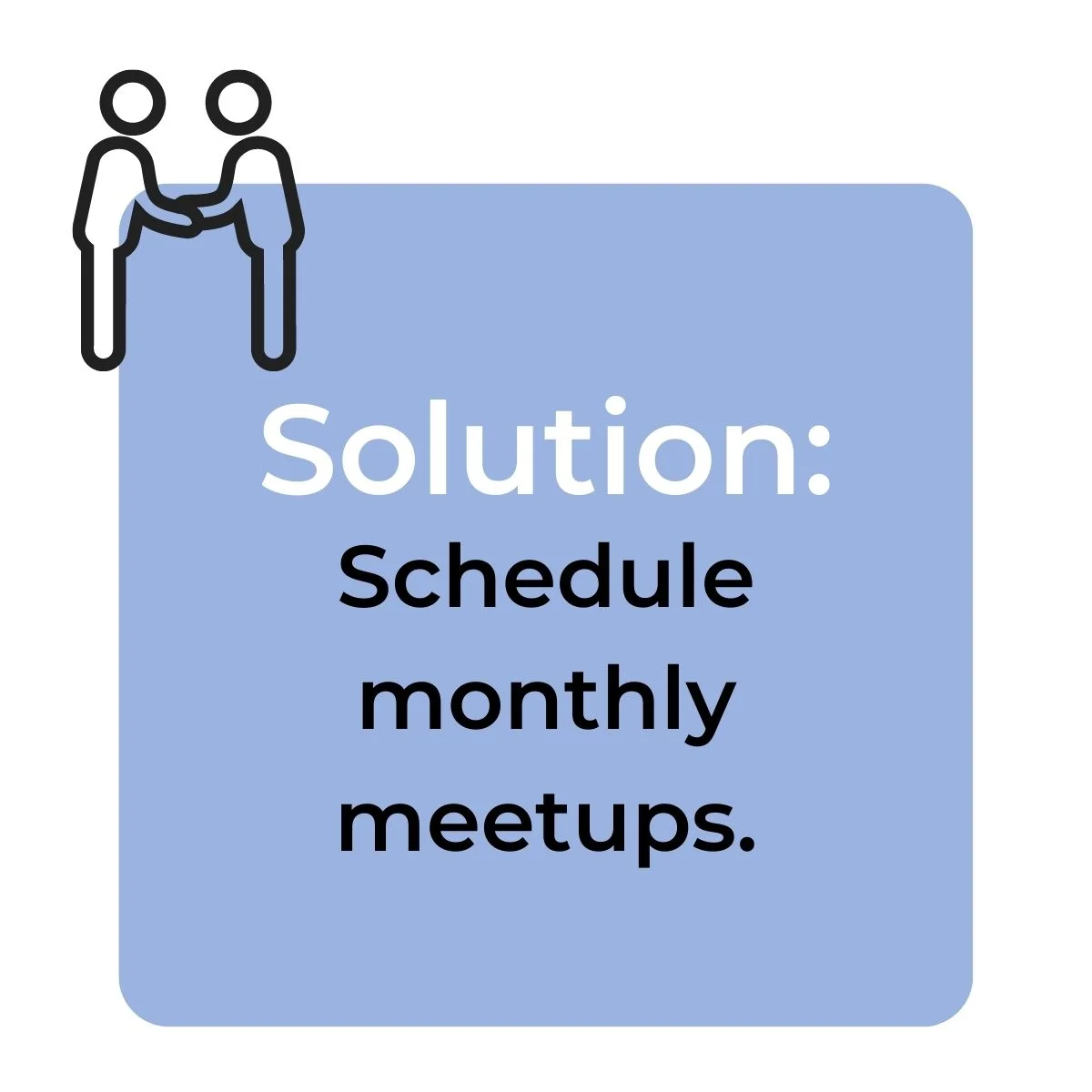
Solution: Schedule monthly meetups.
After a long time of only seeing each other as pixels on your screen, meeting up outside of work can be awkward at first. But with a good meal and a few drinks in, the familiarity of interacting face-to-face with your colleagues will resurface soon. Schedule face-to-face meetups whenever possible to keep up employees’ morale.
2. Having a personal workspace
Working from home gives you the opportunity to work while personally tending to your family’s needs. This proximity to your family does pose concerns for privacy, especially during virtual meetings. The family’s ruckus can distract you, or worse—be overheard by your colleagues.
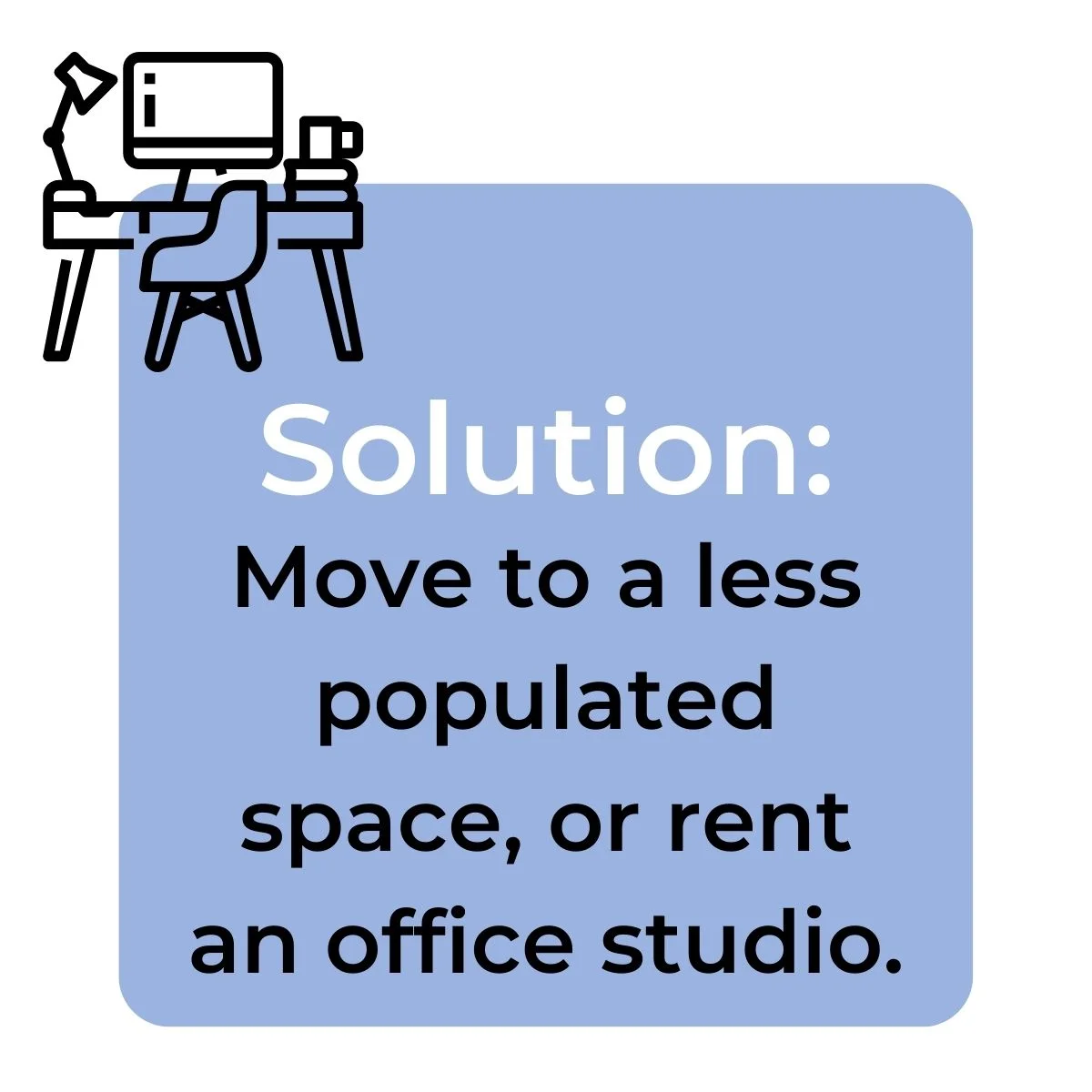
Solution: Move to a less populated space, or rent an office studio.
27% of employees moved out of their family homes to better work under a remote setup. If this is not an option, or if you need a quicker and cost-effective solution, pick the least busy spot at home, like the backyard or a corner in your bedroom. Renting a small office area is also a popular option, allowing you to set up the space according to your needs and wants freely.
3. Accessing team project files and archives
The lack of preparedness in a company’s file and project management systems can hinder the smooth sailing of working from home.

Solution: Adopt secure cloud-sharing services.
Remote and hybrid work settings are here to stay. Therefore, it is only a must for companies to invest in secure cloud-sharing services. To reach resources physically located at your office, set up a private network such as Shieldoo™️. The Shieldoo™️ secure network allows employees to connect to the company’s server and access it privately and securely, away from prying eyes and malicious threats.
Final Thoughts
The pandemic drastically changed the landscape of work. While some prefer to work in-office, 70% of employees prefer a hybrid working setup. As collaborative tools and technology improve, the need to attend physical offices will definitely lessen. Stay tuned for future updates on cloud services and collaborative platforms for businesses.
Try Shieldoo™️
Cyber security is becoming more and more important, which is why we provide you with essential information in a wide variety of articles on our blog. We also developed a new tool Shieldoo™️ based on Nebula from Slack which can help you to provide secure connection between end-users and servers. You can try your own private network here.
FAQs
What does remote work means?
A remote employee is someone who is employed by a company, but works outside of a traditional office environment. This could mean working from a local coworking space of from home.
What are the benefits of remote working?
Improved productivity levels, longer periods of uninterrupted time, quality time with the family and living new and exciting experiences.
What might be problem while remote setup?
Maintaining culture and enjoying community, having a personal workspace and accessing team project files and archives.


